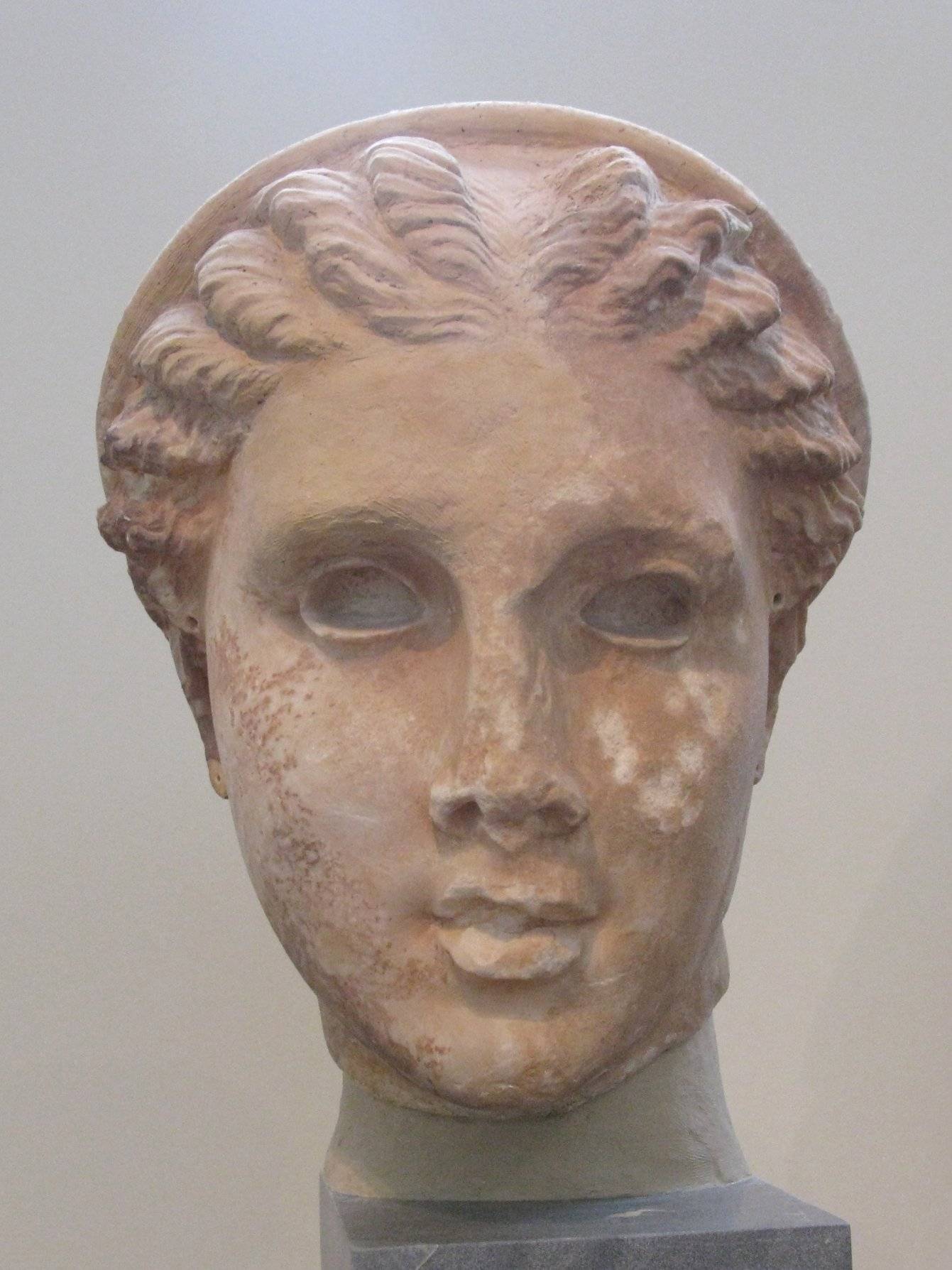Introduction to Artemis
Overview of Artemis in Greek Mythology
Artemis, a prominent figure in ancient Greek mythology, is revered as the goddess of the hunt, wilderness, childbirth, and virginity. She is often depicted as a huntress carrying a bow and arrows, embodying the essence of wilderness and the protector of young girls and women. Artemis’ role in mythology is multifaceted, showcasing her as a deity of both nurturing and fierce independence.
Get your dose of History via Email
The Origins of Artemis: Birth and Family
Relationship with Zeus and Leto
Artemis is the daughter of Zeus, the king of the gods, and Leto, a Titaness. Her birth story is a testament to her mother’s resilience and Artemis’ own miraculous nature, as Leto, persecuted by Hera, Zeus’ wife, found refuge on the island of Delos to give birth.
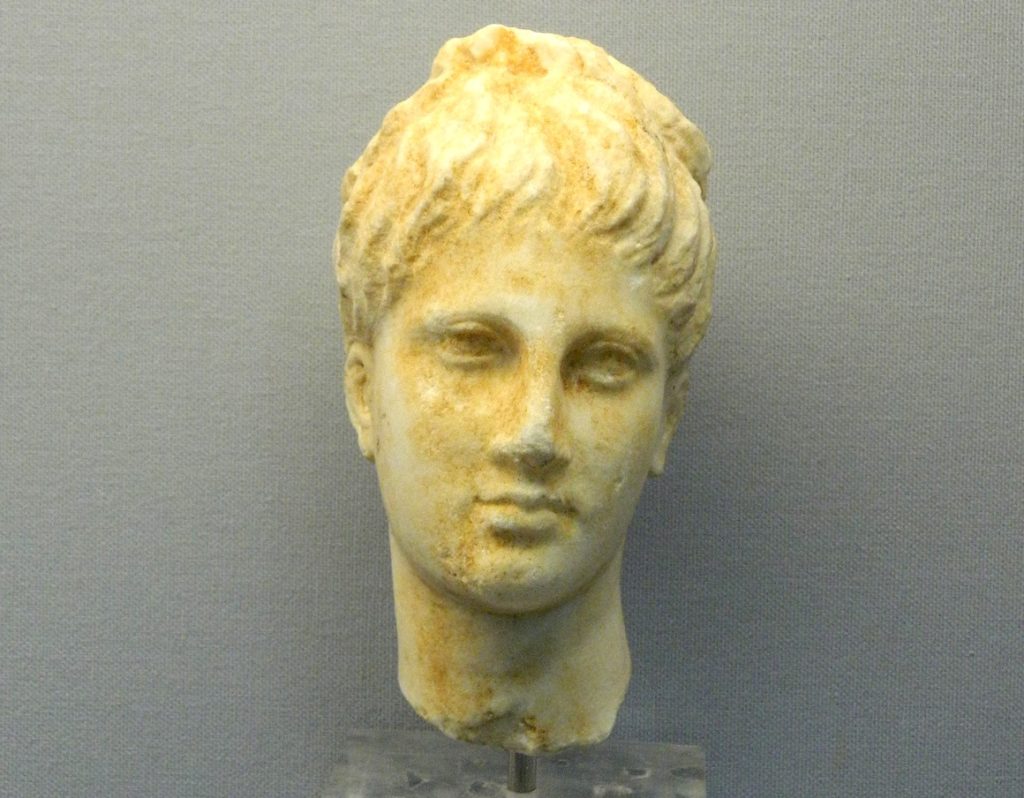
Twin Sister of Apollo
Artemis is the twin sister of Apollo, the god of the sun, music, and prophecy. Their dual birth under challenging circumstances and their complementary domains highlight a profound bond between the celestial and the terrestrial, the cultural and the natural.
The Symbols of Artemis
Artemis is associated with several symbols that reflect her domains and personality. The bow and arrow signify her prowess as a huntress and protector. The crescent moon symbolizes her connection to the night and her birth under its light. Wild animals, particularly the deer, underscore her affinity with the wilderness and its creatures.

Artemis’ Domains: Hunt, Wilderness, Childbirth, and Virginity
Artemis’ dominion extends over the hunt and wilderness, where she is seen as both a protector and a participant in the natural world’s cycles. Her role in childbirth and as a guardian of virginity and young women underscores her nurturing aspect, balancing her fierce independence and strength.
Myths Involving Artemis
The Birth of Artemis and Apollo
The story of Artemis and Apollo’s birth is a tale of perseverance and divine intervention, showcasing Leto’s search for a safe place to give birth, away from Hera’s wrath, and Artemis’ immediate role as a protector and helper in her brother’s birth.
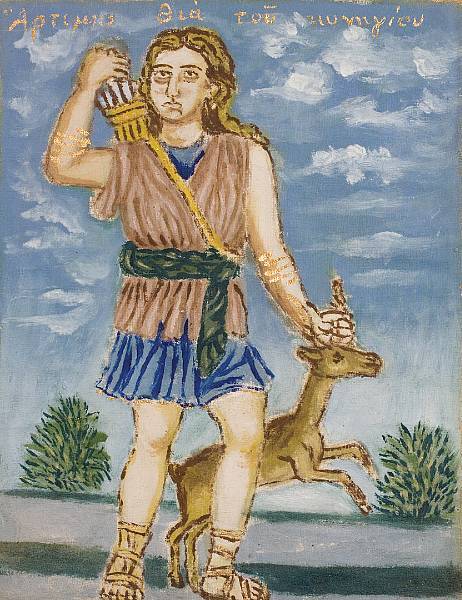
Artemis and the Hunter Orion
The myth of Artemis and Orion explores themes of friendship, love, and the tragic consequences of jealousy and misunderstanding. Orion, a skilled hunter, and Artemis shared a deep bond, which was ultimately severed by Apollo’s trickery, leading to Orion’s death.
The Punishment of Actaeon
Actaeon, a mortal hunter, suffered Artemis’ wrath when he stumbled upon her bathing. Transformed into a stag, he was torn apart by his own hounds, illustrating the goddess’s fierce protection of her privacy and sanctity.
Niobe’s Insult and Its Consequences
Niobe’s boast about her superiority over Leto, based on the number of her children, provoked Artemis and Apollo’s vengeance. They killed Niobe’s children, highlighting the gods’ intolerance for hubris and the protection of their family’s honor.
The Aloadae Giants and Their Attempt to Capture Olympus
The Aloadae giants’ attempt to storm Olympus saw Artemis cleverly thwarting their plans by transforming herself into a deer, causing confusion and their eventual defeat, showcasing her strategic mind and protective nature.
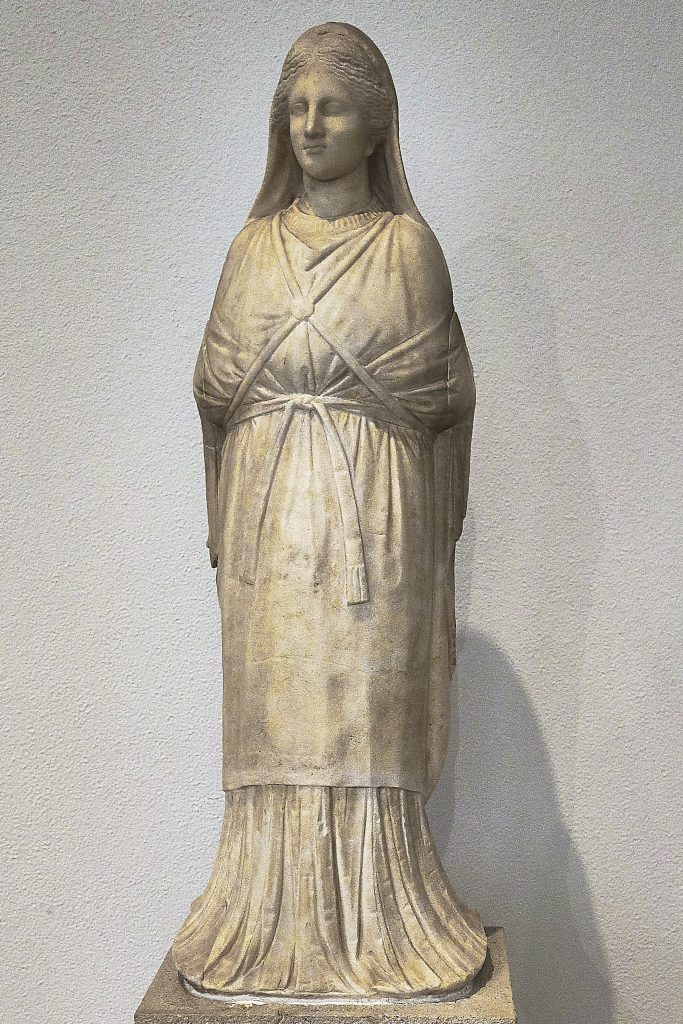
Artemis and the Trojan War
In the Trojan War, Artemis played a complex role, supporting the Trojans due to her affection for Troy and its people, and showcasing the gods’ intricate involvement in mortal affairs.
Worship of Artemis
The Cult of Artemis: Practices and Rituals
The worship of Artemis was marked by various practices and rituals, emphasizing her role as a protector and nurturer. Virgin girls served as her priestesses, embodying the goddess’s virtues of purity and independence.
Major Temples and Shrines
The Temple of Artemis at Ephesus
One of the Seven Wonders of the Ancient World, the Temple of Artemis at Ephesus, was a grand testament to her worship, reflecting her importance and the devotion of her followers.
Brauron in Attica
Brauron, a significant sanctuary in Attica, was dedicated to Artemis Brauronia. It served as a place of worship and a sanctuary for women and children, emphasizing her protective role.
The Sanctuary of Artemis Orthia in Sparta
The Sanctuary of Artemis Orthia in Sparta was known for its rigorous rites of passage for young Spartans, highlighting the goddess’s association with the wilderness and the transition from childhood to adulthood.
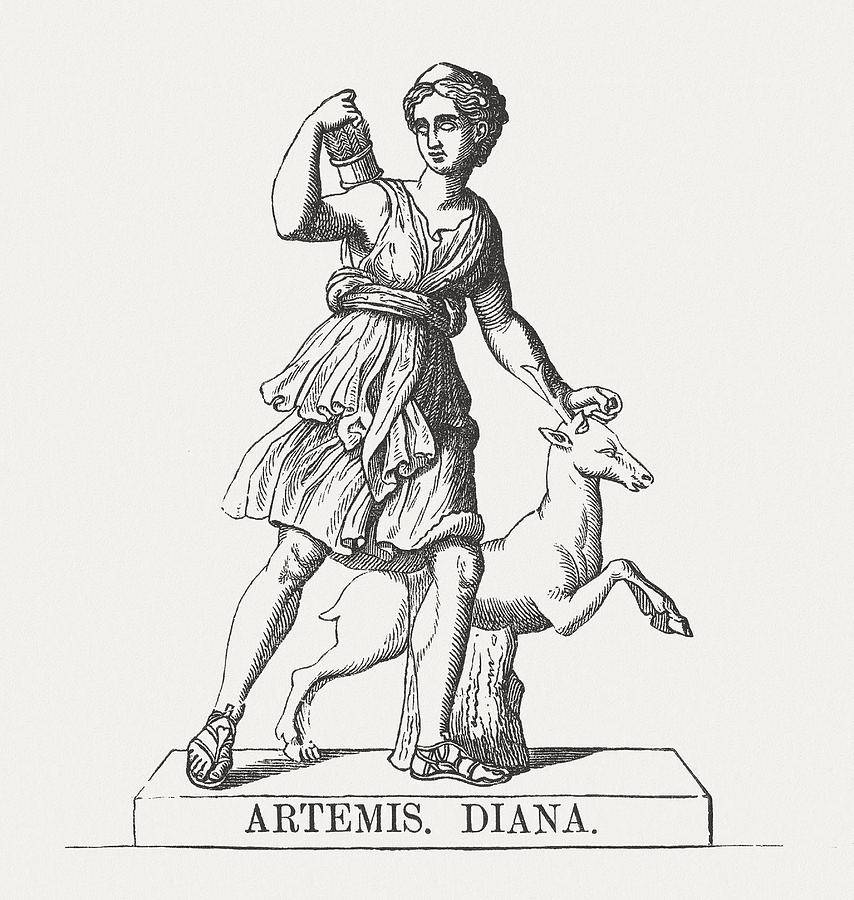
Festivals Dedicated to Artemis
Brauronia
The Brauronia festival, held in Brauron, involved processions and sacrifices, celebrating Artemis’ role in protecting women and overseeing transitions.
Artemisia
The Artemisia festival celebrated the goddess’s aspects of huntress, protector, and nurturer, featuring athletic and ritualistic activities that honored her domains and influence.
Artemis’ Role and Representation
Artemis as the Protector of Nature and Wildlife
Artemis is revered as the guardian of the natural world, embodying the principles of conservation and respect for wildlife and the environment.
Artemis as the Guardian of Women and Children
Her role as the protector of women, particularly during childbirth, and as a guardian of children, showcases her nurturing aspect and her importance in the lives of the ancient Greeks.
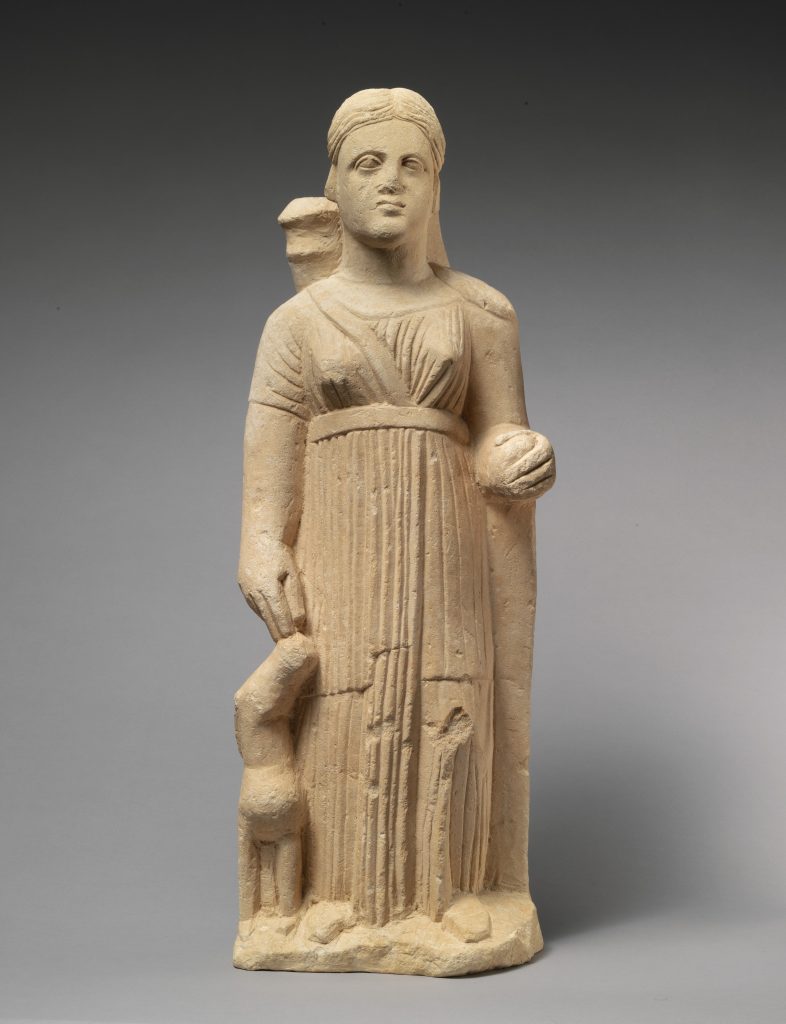
The Virgin Goddess: Chastity and Independence
Artemis’ virginity symbolizes her independence, strength, and autonomy, setting her apart as a deity who is both powerful and self-sufficient.
Depictions of Artemis in Ancient Art
Statues and Sculptures
Statues and sculptures of Artemis often depict her as a huntress, with a bow and quiver, highlighting her strength and connection to the wilderness.
Vase Paintings
Vase paintings frequently portray Artemis in scenes of the hunt or in mythological narratives, emphasizing her dynamic roles and attributes within Greek mythology.

